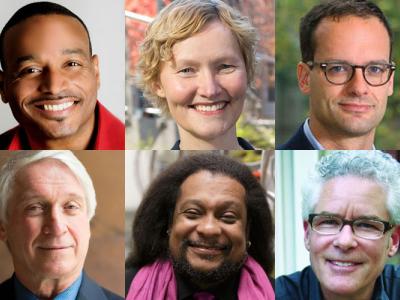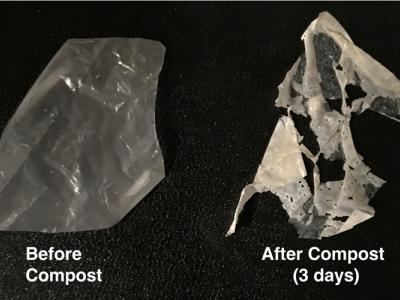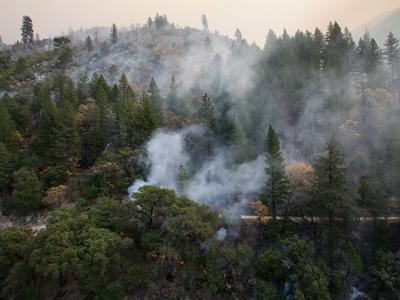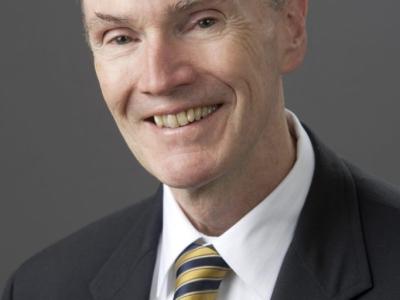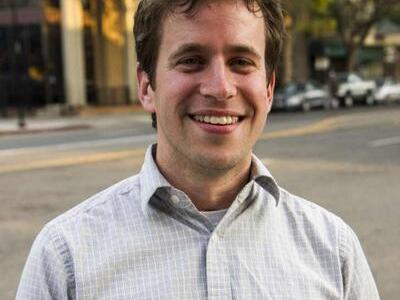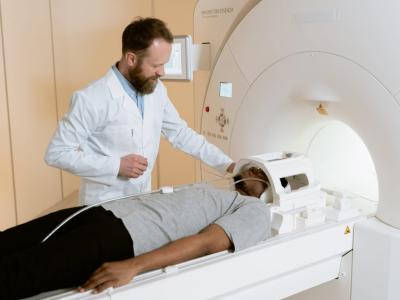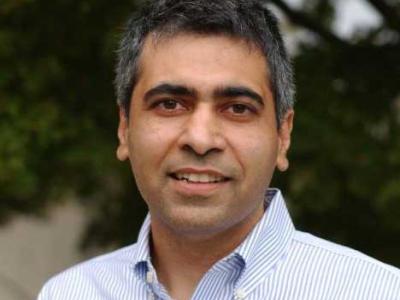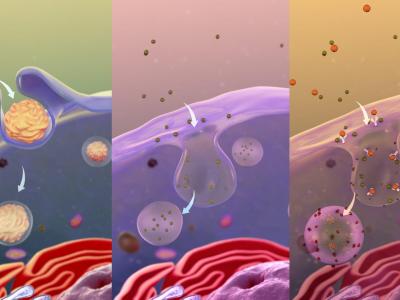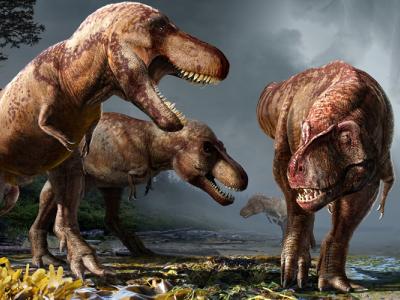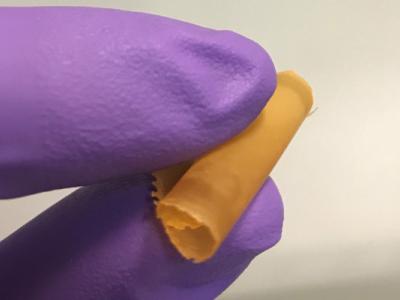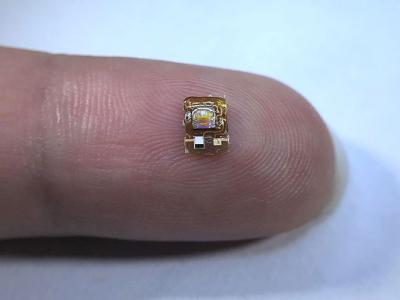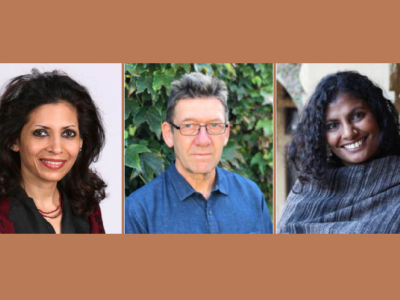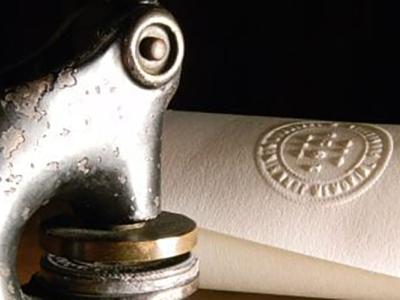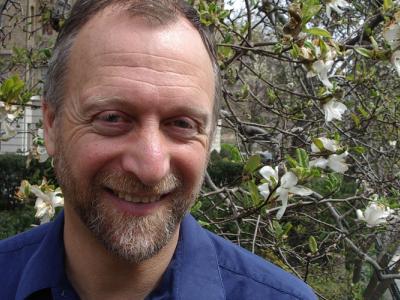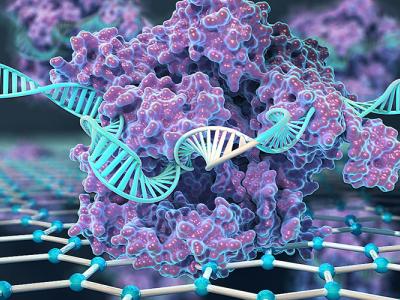Six UC Berkeley faculty members and top scholars have been elected to the American Academy of Arts and Sciences (AAAS), a 241-year-old organization honoring the country’s most accomplished artists, scholars, scientists and leaders who help solve the world’s most urgent challenges.
Research News
Learn more about UC Berkeley's researchers and innovators.
Showing 1089 - 1104 of 3512 Results
University of California, Berkeley, scientists have now invented a way to make these compostable plastics break down more easily, with just heat and water, within a few weeks, solving a problem that has flummoxed the plastics industry and environmentalists.
What is the cost of one ton of a greenhouse gas? When a climate-warming gas such as carbon dioxide or methane is emitted into the atmosphere, its impacts may be felt years and even decades into the future – in the form of rising sea levels, changes in agricultural productivity, or more extreme weather events, such as droughts, floods, and heat waves. Those impacts are quantified in a metric called the “social cost of carbon,” considered a vital tool for making sound and efficient climate policies.
Now a new study by a team including researchers from Lawrence Berkeley National Laboratory (Berkeley Lab) and UC Berkeley reports that the social cost of methane – a greenhouse gas that is 30 times as potent as carbon dioxide in its ability to trap heat – varies by as much as an order of magnitude between industrialized and developing regions of the world.
Wildfire smoke can trigger a host of respiratory and cardiovascular symptoms, ranging from a runny nose and cough to a potentially life-threatening heart attack or stroke. A new study suggests that the dangers posed by wildfire smoke may also extend to the largest organ in the human body and our first line of defense against outside threat: the skin.
The UC Berkeley School of Public Health is very pleased to announce that Stephen Shortell, PhD, MPH, MBA, UC Berkeley School of Public Health Dean Emeritus and Blue Cross of California Distinguished Professor of Health Policy and Management Emeritus, has been named to Modern Healthcare’s Hall of Fame for his visionary leadership, relentless dedication to timely and relevant research, and extraordinary contributions to the healthcare field.
The College of Chemistry is pleased to announce that Evan Miller, (Ph.D. ’09, Chem) Associate Professor of Chemistry and Molecular & Cell Biology and of Biochemistry, Biophysics & Structural Biology, has been awarded the 2021 Donald Sterling Noyce Prize for Excellence in Undergraduate Teaching.
In the United States, the rate of heart failure is expected to increase by 46 percent between 2012 and 2030, with Black patients disproportionately affected, experiencing higher rates of hospital readmissions and higher mortality rates. A new study from researchers at the UC Berkeley School of Public Health assessed quality improvement initiatives that could potentially reduce hospital readmissions for Black patients with heart failure.
SCET Faculty Director & Chief Scientist, Prof. Ikhlaq Sidhu has been awarded the University of California, Berkeley’s Extraordinary Teaching in Extraordinary Times Award for demonstrating his commitment to students and excellence in teaching, even under extraordinarily difficult circumstances.
The Schepartz lab at UC Berkeley recently reported a way to efficiently deliver therapeutic proteins into live cells and animals.
How many Tyrannosaurus rexes roamed North America during the Cretaceous period?
That’s a question Charles Marshall pestered his paleontologist colleagues with for years until he finally teamed up with his students to find an answer.
University of California, Berkeley, chemists have discovered a way to simplify the removal of toxic metals, like mercury and boron, during desalination to produce clean water, while at the same time potentially capturing valuable metals, such as gold.
Engineers at the University of California, Berkeley, have created a tiny wireless implant that can provide real-time measurements of tissue oxygen levels deep underneath the skin. The device, which is smaller than the average ladybug and powered by ultrasound waves, could help doctors monitor the health of transplanted organs or tissue and provide an early warning of potential transplant failure.
UC Berkeley-Stanford Collaborative Project “From Nation to Homeland: Religion, State and Belonging in South Asia” Receives $370,000 Grant from Henry Luce Foundation
Four UC Berkeley faculty are among this year’s 184 John Simon Guggenheim Memorial Foundation fellows. The prestigious awards recognize scholars with impressive achievements in fields ranging from the natural sciences to the creative arts.
Dan Werthimer, a co-founder of the popular screen saver SETI@home and a UC Berkeley astronomer who developed ever-more-sensitive radio receivers to aid the search for extraterrestrial intelligence on other planets, will share the 2021 Drake Award, named after the father of SETI, astronomer Frank Drake.
A study led by researchers at the Keck Graduate Institute (KGI), UC Berkeley and Vilnius University demonstrated new disease-detection capabilities of a hand-held device based on CRISPR gene editing technology, a development that could lead to faster, portable genetic testing for diagnostics and research.

